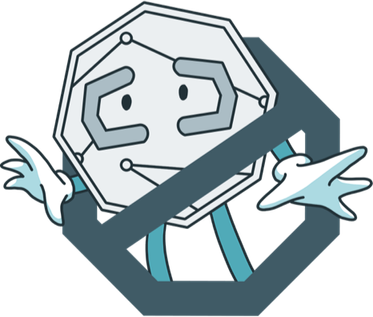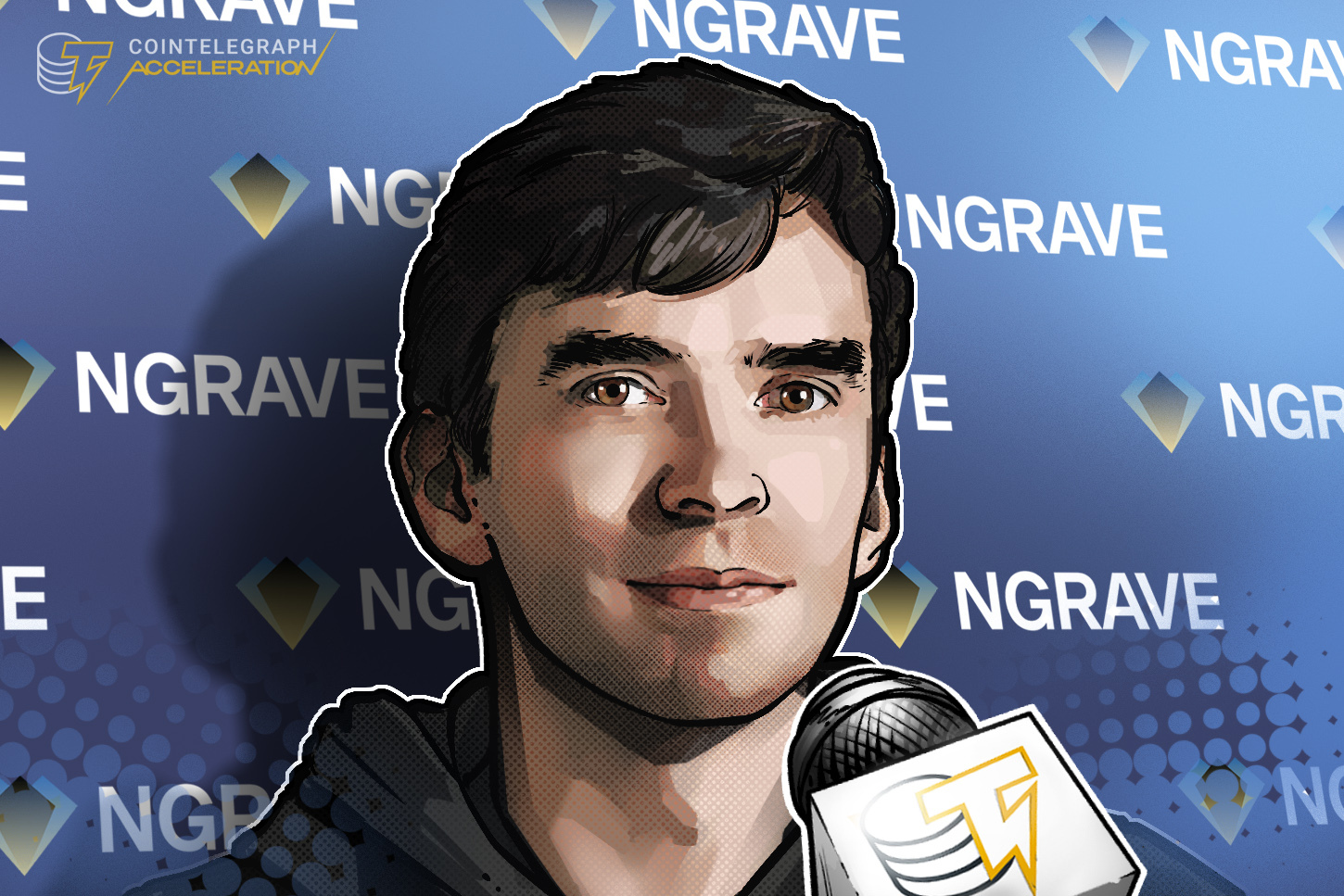Sponsored Content
On the user side, we designed Zero with the user experience central: it has a large color touchscreen, a simple interface and uses QR codes instead of complicated cables or special drivers. This makes it as intuitive as possible while still maintaining total isolation from any network.
CT: What are the fundamental flaws you see in traditional seed phrase backups? What led you to engineer the Graphene, Ngrave’s encrypted and recoverable crypto backup system?
XH: Traditional seed phrase backups, whether on paper or metal, have a fatal flaw: they are a single point of failure. If someone finds them, they can steal everything; if you lose or destroy them, your funds are gone forever. They’re also unencrypted and static, which makes them inherently fragile.
That’s why we created Graphene. It is a two-part stainless steel backup that’s both encrypted and recoverable. One plate on its own is useless, and even if one part is lost, you can still recover your backup. It takes away the anxiety of “lose it once and it’s gone” and replaces it with a durable, secure and forgiving solution.
CT: How has Jean-Jacques Quisquater’s expertise influenced the project?
XH: We’re fortunate to be advised by Jean-Jacques Quisquater, a cryptography pioneer even cited in the original Bitcoin white paper. His expertise has been invaluable in guiding the deepest layers of our security design.
In particular, he advised us on the development of our internal entropy generation algorithm, the process that ensures the private keys created on Zero are truly random and unpredictable. Having his input gave us confidence that our foundation for self-custody is mathematically sound.
CT: For a financial institution considering offering crypto services, what are the advantages of using a dedicated self-custody solution like Ngrave?
XH: By integrating our services, institutions can allow their clients to hold and manage crypto securely without exposing keys to the platform.
This approach helps prevent value outflow: when investors leave a platform, their assets remain safely under their control, reducing operational and reputational risk. At the same time, institutions follow best practice standards for crypto custody, providing confidence to both regulators and clients while maintaining a competitive edge.
CT: What is your vision for the future of self-custody, and how will Ngrave’s roadmap empower more people to achieve true financial sovereignty?
XH: I believe the next wave of crypto adoption will happen through institutions, as they bring scale, trust and access to a broader audience. But for this to unlock the true promise of blockchain, self-custody must be done right.
If security is weak or user experience is poor, we risk a world where crypto assets are concentrated in a few custodians, essentially repeating the same pitfalls of traditional finance.
That’s where Ngrave comes in. Our roadmap is focused on making military-grade self-custody accessible and intuitive for both individuals and institutional clients. Beyond Zero and Graphene, we’re building services like improved swapping, staking, broader coin support and seamless integration with institutional platforms.
Disclaimer. Cointelegraph does not endorse any content or product on this page. While we aim at providing you with all important information that we could obtain in this sponsored article, readers should do their own research before taking any actions related to the company and carry full responsibility for their decisions, nor can this article be considered as investment advice.


